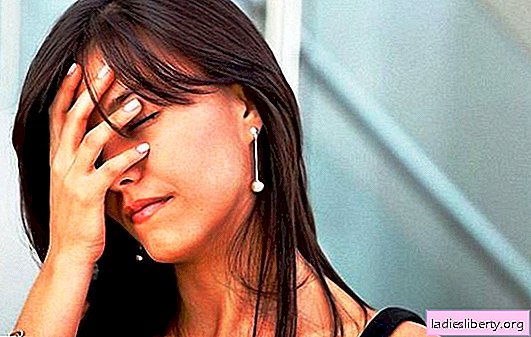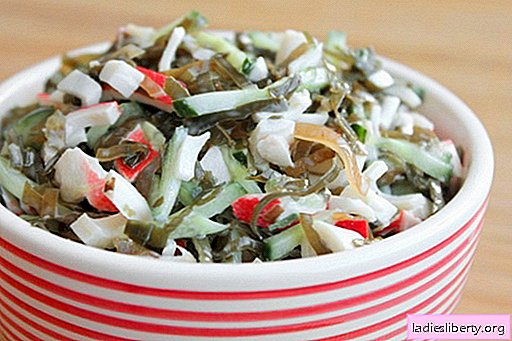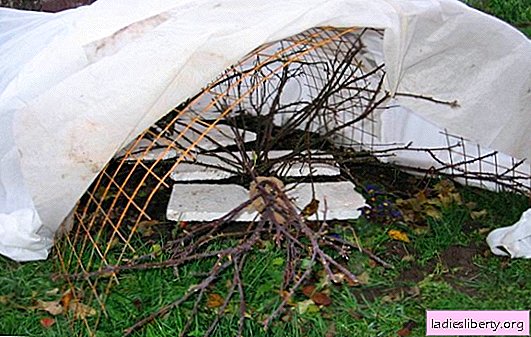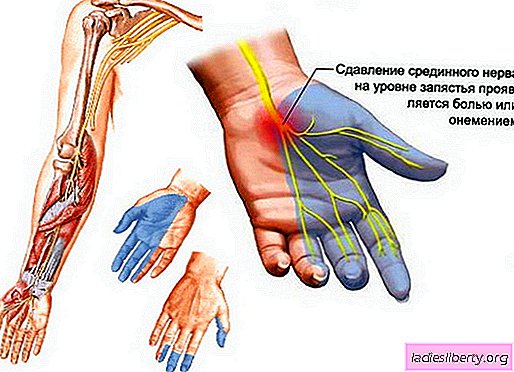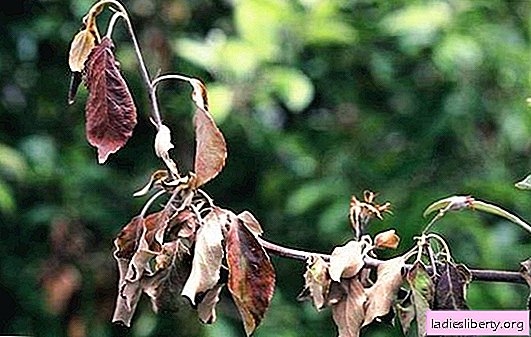
You can often hear a complaint from gardeners: a pear tree has grown large, but still does not produce fruit.
Tired of waiting for a result, some of them decide to cut down an unproductive tree so as not to occupy a usable area.
Before you act so radically, you need to understand why the pear does not bear fruit, find the reasons and based on this decide what to do.
There can be many reasons, and in each case it is necessary to understand. The yield is affected by the pear variety, planting location, soil composition, climatic factors and much more. In some cases, the pear blossoms, but does not bear fruit, in others it does not produce buds at all. Often, even at the planting stage, gardeners make mistakes.
Made a mistake when choosing seedlings - and the pear does not bear fruit
If the seedling was purchased not from the nursery, but from the hands, it may turn out to be a wild seedling, from which one does not have to wait for fruiting. In unverified retail outlets they can also sell Far Eastern pear varieties that bear fruit for 15-20 years. There are varieties that bloom late, in 10-12 years. At the same time, many zoned varieties give the first fruits already for 3-4 years. In the middle zone, the southern varieties do not bear fruit, although they lay flower buds. Flowers and young ovary die here in spring frosts, since the pear blooms early.
If it’s pear for many years, it develops well, but does not bloom - it makes sense to re-vaccinate, otherwise it will take a long time to wait for the fruits. You can vaccinate in any way. The result is a branch that quickly begins to bear fruit and give a bountiful harvest. But in 5-6 years her life will end, therefore, an annual grafting is needed so that the cycle goes on continuously.
A few reasons why a pear does not bear fruit
Sometimes the reason that the pear does not bear fruit is very simple - it lacks lighting. Pears are light-loving trees, therefore, well-lit areas are chosen for them. With a lack of light, the tree feels depressed and lags behind in development. Buildings, a high fence, tall trees located nearby interfere with the growth of the pear and its flowering. Even if it is lit from the south, this is not enough. It is worth removing the barrier on the other hand, and the pear can bloom the very next year.
It is advisable to plant two trees of different varieties at a distance of 3.5-4 m from each other. It is known that a pear belongs to self-infertile trees, that is, when pollination of the flowers of one tree or two trees of the same variety, the ovary does not form. If pears grow in an adjacent area, then they can serve as pollinators.
Of great importance is the composition of the soil. On fertile soils, the pear develops well and pleases with a plentiful harvest. At the same time, too oversized and oversaturated with mineral fertilizers the earth also does not fit - the pear eats, but does not bear fruit. It gives a strong increase annually. What to do in this case? Stop applying fertilizer. Increased soil acidity also lowers fruiting.
Waterlogged soils are poorly suited for pears. On wetlands, the roots of the tree get wet, food is disturbed, the plant has no forces to form an ovary. Experienced gardeners even in areas with a close occurrence of groundwater manage to grow pear trees and get crops. The whole secret is vaccination. As a stock for a pear, they take ordinary mountain ash, in which the root system lies shallow. For the scion, pear varieties compatible with mountain ash are selected.
Improper planting causes the pear to not bear fruit
As with any tree, planting depth and fruiting are influenced by planting depth. It is bad if the root neck is deepened or, conversely, is too high above ground level. Root neck means the conditional place of transition from the root system to the trunk. It is located 2-4 cm higher from the discharge of the first large lateral root. With proper landing, the top level of the earth should coincide with the level of the root neck (photo).

Proper pear planting
If the seedling is deepened too much, oxygen will go poorly to the roots, and on wetlands the tree may simply die. If the neck of a young tree is too deep in the ground, the situation can be corrected by carefully lifting the seedling by the stem and adding soil between the roots. In a long-planted tree, the earth is shoveled from the trunk, thus revealing the root neck. With a high planting, the roots dry out. In this case, the tree should be well spudded to protect it from frost.
Improper care is one of the causes of poor fruiting.
Each cultivated plant requires attention, and the pear is no exception. This tree is not frost-resistant, the roots can freeze when frost has come, and the ground is not covered with snow. To protect the roots from freezing, the soil under the crown can be covered with a layer of mulch or covering material. Another possible reason why the pear does not bear fruit is the cold strong winds. If the site is fenced with a high fence, the wind does not pose a threat to the thermophilic tree.
Pest control is the key to a good harvest. The greatest harm to the pear is caused by the pear tinnitus or listobloshka (photo).

Pear Thorns
This insect begins its harmful activity when the buds have not yet blossomed. At the first thaws, adults wake up, crawl onto a tree and suck out the juice from the kidneys. Microscopic fungi that develop on the excrement of tinnitus cause harm. They form a black coating on the leaves and fruits of the pear. The fight against tinnitus consists in spraying trees with chlorophos, karbofos during the unfolding of the kidneys.
Trimming and bending branches
A pear, like any fruit tree, requires proper pruning and thinning. The annual growth thickens the crown, which leads to the fading of the fruits and lower yields. In addition to pruning, bending branches gives excellent results. In many varieties of pears, the branches are directed upward at an acute angle. To better tie fruit buds, the branches should move away from the trunk at an angle of 50-60 °. If the angle is close to a straight line, tops will begin to grow in the lower part of the branch.

Bending skeletal branches with pegs
Bend branches in different ways. You can hammer pegs into the ground around the perimeter of the tree’s crown and pull the branches with ropes (photo). It is advisable to place a rubber gasket on the branch at the point of contact with the rope so that the rope does not cause injury to it. Another method of bending branches is to attach weights to them. In order not to break, do not immediately bend the branches too much. Over time, you can pull them lower, increasing the load or winding the rope on a peg.
Bending branches, as well as driving nails into the trunk before the first lower branch, accelerates the fruiting time. Shock therapy causes the tree to lay flower buds and bear fruit. The instinct of survival and procreation awakens in him. Many pear trees are tall, so it makes sense to make them lower. Instead of trimming, the central trunk of a young tree is tilted, a peg is driven into the ground and fixed with a rope. Such a tree begins to bear fruit much earlier.
In addition to tilting the branches, fruiting can be accelerated by pinching the shoot growth points in late July - early August. This technique weakens the growth of shoots and promotes the laying of flower buds.

